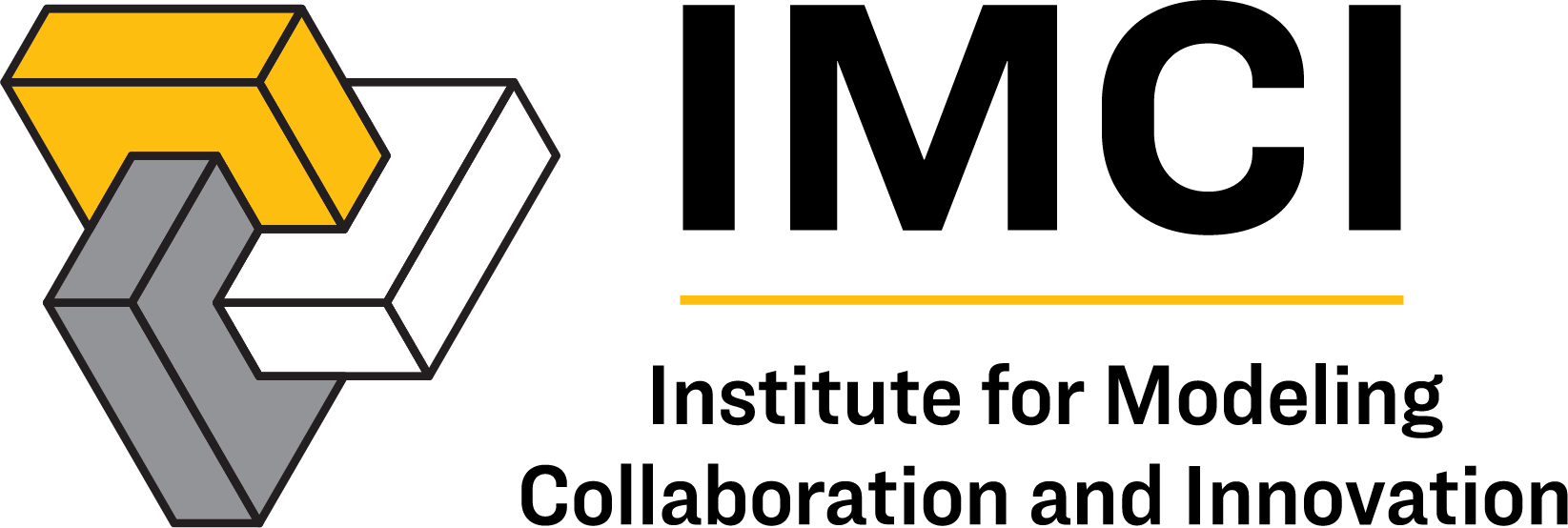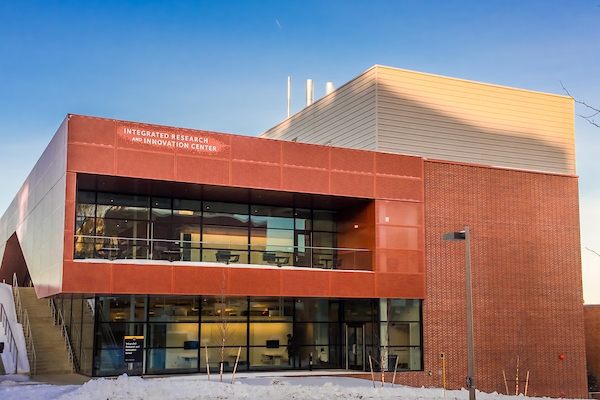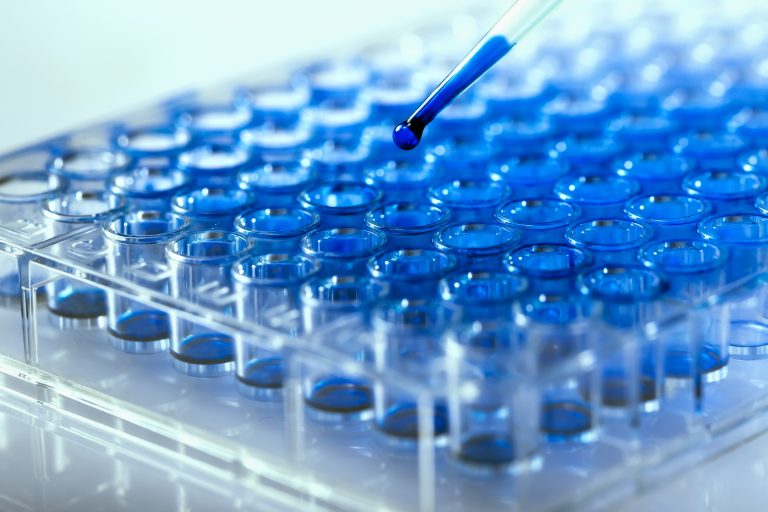Mathematical Modeling of Human Motions Using Recurrent Neural Networks
Project Team: Alex Vakanski (PI), Stephen Lee, Jake Ferguson The current methods in the literature for representing human motions are based on modeling the movements at a single level of abstraction, either at a low-level (i.e., trajectory level) of abstraction or at the high-level (i.e., symbolic level) of abstraction. The proposed project will exploit the latest advances in…





